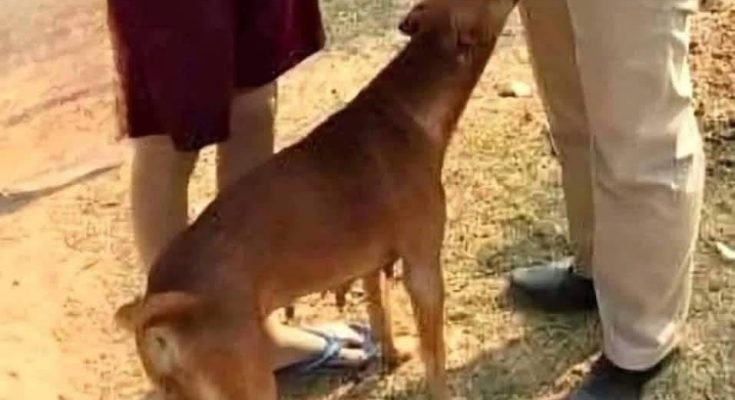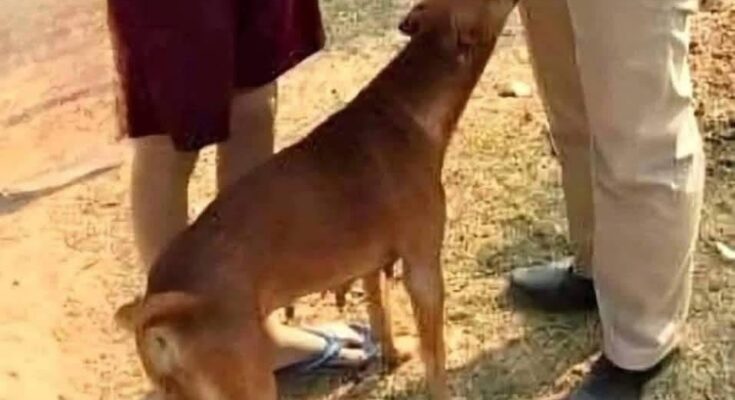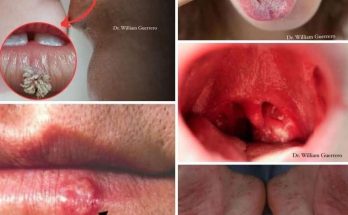Dog Sniffing Behavior, Natural Instinct or Something More?
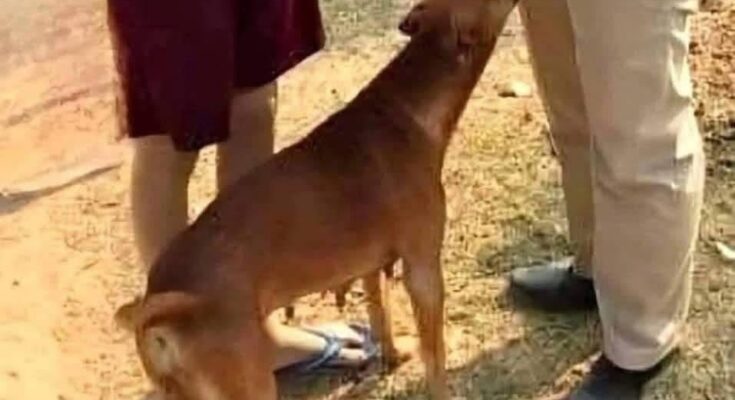

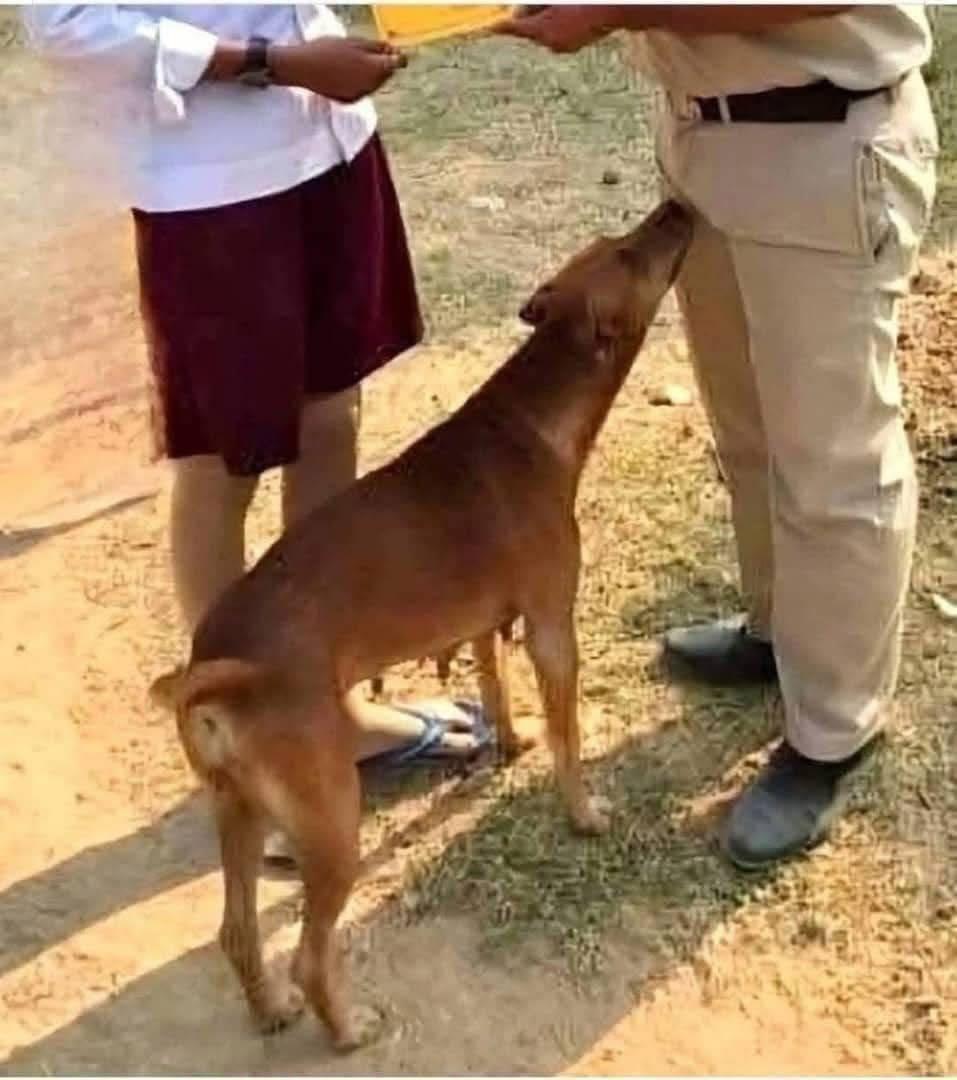
When it comes to personal space, humans and dogs couldn’t be more different. We shake hands, wave, or nod politely — but dogs? Their way of saying hello often involves a quick sniff in a place we’d rather they didn’t. While it might catch you off guard, to them, it’s just their natural way of greeting.
Dogs live in a world ruled by scent. That curious nose isn’t just cute — it’s a highly advanced sensory tool. While humans have around six million scent receptors, dogs have about 300 million. Their brains devote much more space to analyzing smells, allowing them to detect details we can’t even imagine.
A dog’s nose can identify emotions, health conditions, and even hormonal changes. They also have a special organ called the vomeronasal organ, or Jacobson’s organ, that helps them detect chemical signals called pheromones. These chemical cues give dogs information about a person’s identity, mood, and even well-being.
So why do dogs go straight for the crotch? It’s all about scent concentration. Humans have special sweat glands, called apocrine glands, that release pheromones — and they’re mostly located in the armpits and groin area. When a dog meets another dog, it sniffs the rear to learn all kinds of details about its new friend. When meeting a human, the groin is simply the closest place to get similar information
Some breeds with especially powerful noses, like Beagles and Bloodhounds, are even more driven to investigate this way. It’s not bad manners — it’s just instinct.
Dogs can gather incredible amounts of information from a single sniff. They can sense changes in hormones, stress, or illness. That’s why trained dogs can detect certain types of cancer, low blood sugar, or even predict seizures. Their ability to sense biological changes makes them not only loyal companions but also valuable helpers in medicine and safety.
Of course, this natural behavior can be awkward in social situations. The good news is that you can teach your dog to greet people in a more polite way. Trainers often recommend “fist targeting.” Simply present your closed fist to your dog, let it touch the fist with its nose, say “yes” or click, and then reward with a treat. Repeat until your dog learns to greet people this way. It’s a gentle redirection that teaches good manners without punishment.
To your dog, sniffing is a form of communication — a way to understand the world. Every walk is like reading a newspaper filled with scent stories. They can smell things from extraordinary distances, far beyond what humans are capable of detecting.
So, if your dog decides to sniff a little too closely, don’t take it personally. They’re not trying to be rude — they’re just saying hello in their own language. Staying calm, gently redirecting, and rewarding the right behavior will go a long way in helping them learn boundaries.
At the end of the day, dogs act on instinct, not etiquette. Their curiosity, honesty, and unfiltered affection are part of what makes them such special companions. When your furry friend sniffs you a little too enthusiastically, remember — it’s not weird, it’s biology. In their world, that’s just another way of saying, “I know you. You’re my friend.”
